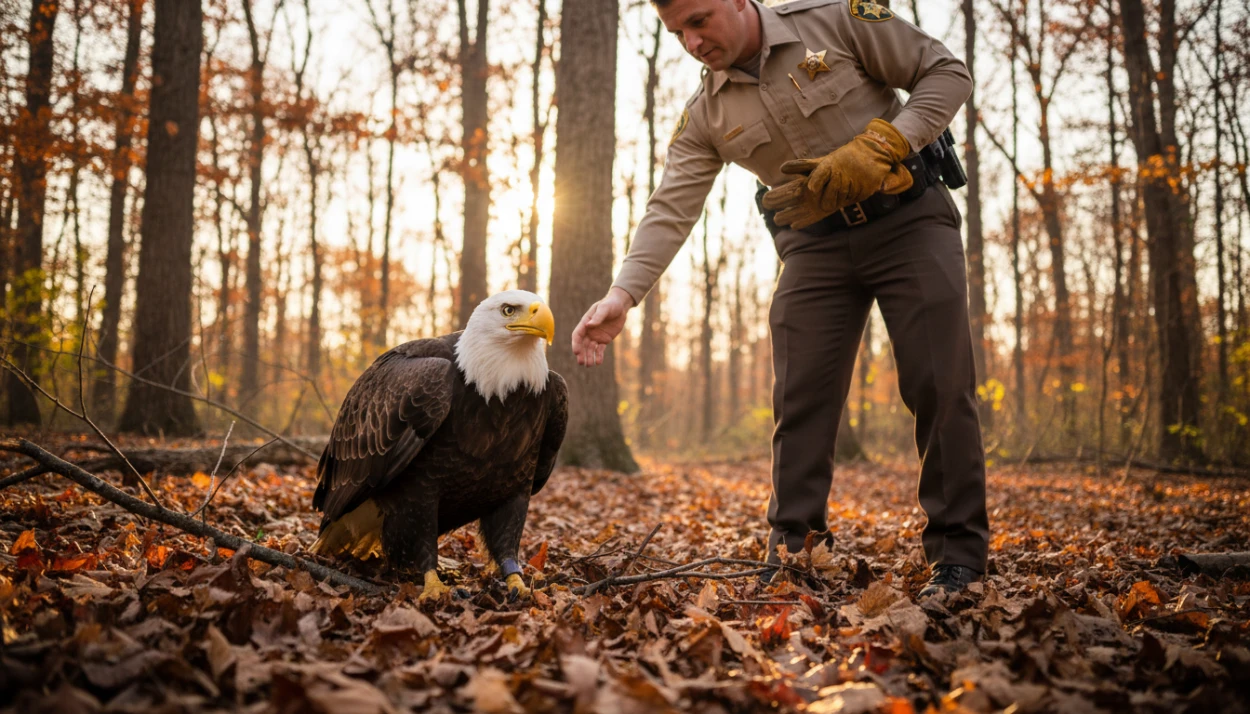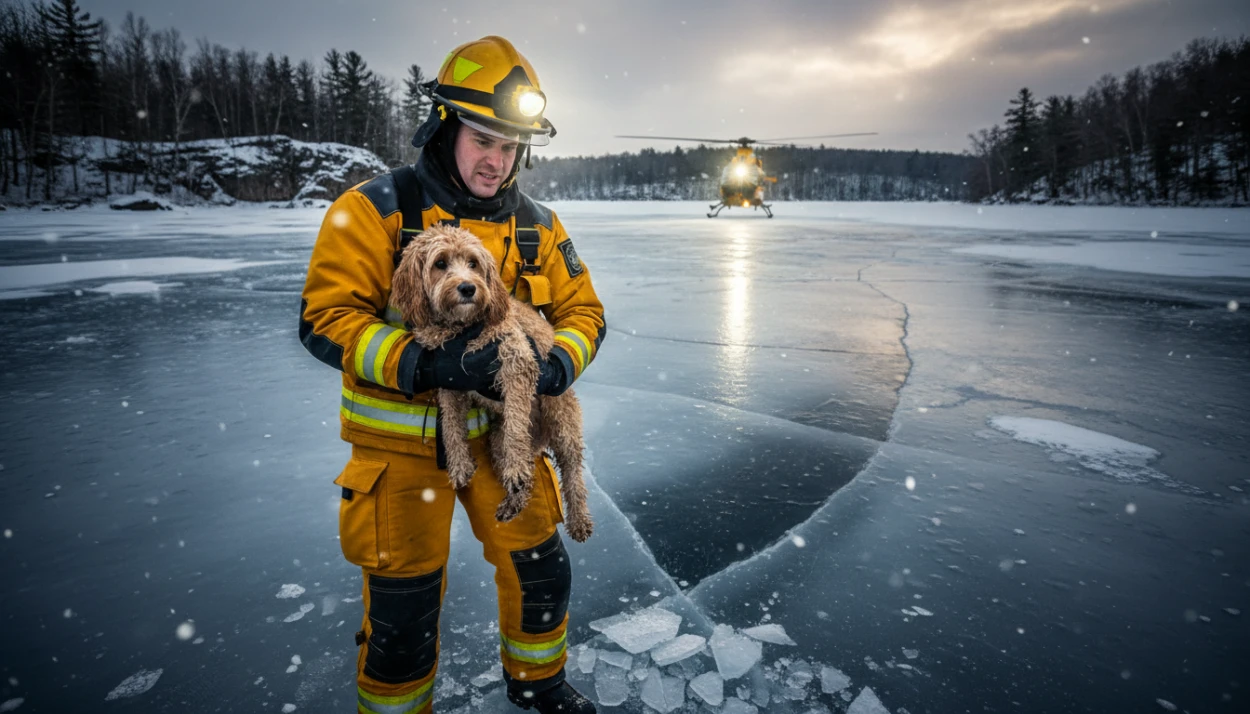Taking care of your beloved furry companion goes beyond feeding and exercise. Grooming is an essential aspect of maintaining your dog's overall well-being and appearance. Regular grooming not only keeps your dog looking neat and tidy but also helps to promote their skin and coat health. In this comprehensive guide, we will delve into various dog grooming styles, the tools needed, and step-by-step instructions to groom your dog effectively.
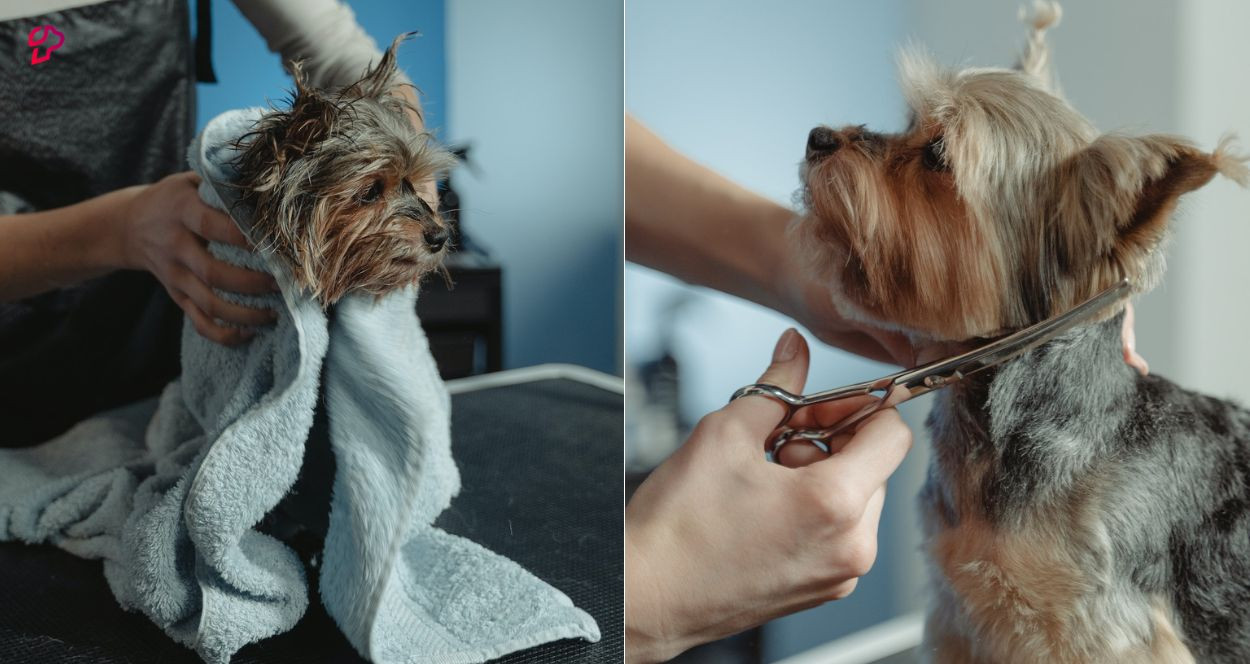
Understanding the Importance of Dog Grooming
Dog grooming is more than just a superficial routine; it is a vital part of your dog's hygiene and health care. Regular grooming helps in removing dirt, debris, and loose fur, preventing matting and tangling of the coat. It also allows you to examine your dog's skin, ears, and eyes for any potential health issues, such as infections or parasites.
Different Dog Grooming Styles
3.1. Basic Brushing and Bathing
Brushing and bathing are the foundation of any dog grooming routine. Regular brushing helps to remove loose fur, dirt, and tangles, while bathing keeps your dog's coat clean and fresh. We will explore the best techniques and products for these essential grooming steps.
3.2. Short and Smooth Coat Grooming
Short-coated breeds require specific grooming techniques to keep their sleek appearance intact. We will discuss how to groom breeds like Dalmatians, Boxers, and Beagles to maintain their smooth coats.
3.3. Long and Flowing Coat Grooming
Long-coated breeds like Shih Tzus, Yorkshire Terriers, and Afghan Hounds require extra care to keep their luxurious coats looking their best. We will provide expert tips for grooming these breeds to showcase their stunning fur.
3.4. Stylish and Creative Grooming
For those looking to add a touch of flair to their dog's appearance, creative grooming is the way to go. We will explore fun and safe ways to style your dog's coat, from cute patterns to unique colors.
Tools and Products for Dog Grooming
4.1. Brushes and Combs
Choosing the right brush or comb is crucial for effective grooming. We will discuss different types of brushes and combs and how to select the best ones for your dog's coat type.
4.2. Shampoos and Conditioners
Using the right shampoo and conditioner ensures your dog's coat stays healthy and shiny. We will guide you in picking the appropriate products based on your dog's specific needs.
4.3. Nail Clippers and Grinders
Trimming your dog's nails is essential for their comfort and mobility. We will cover safe methods of nail trimming and introduce you to nail grinders as an alternative.
4.4. Ear and Eye Cleaning Products
Maintaining clean ears and eyes is crucial for preventing infections. We will recommend safe and effective cleaning products for these sensitive areas.
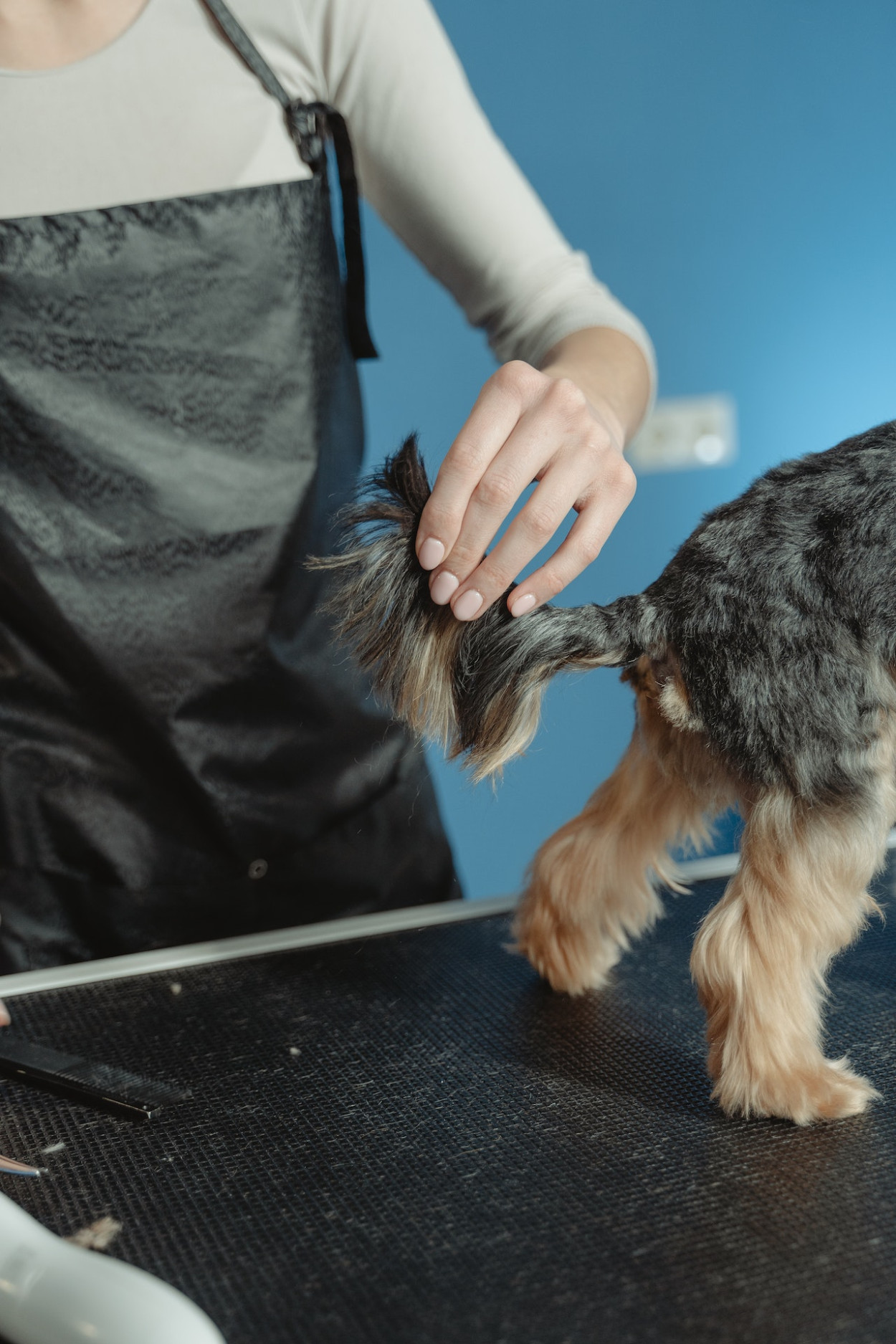
Step-by-Step Guide for Dog Grooming
5.1. Pre-Grooming Preparation
Proper preparation sets the stage for a successful grooming session. We will walk you through essential pre-grooming steps to ensure a smooth grooming experience.
5.2. Brushing and Detangling
Brushing is a fundamental grooming step. We will provide detailed instructions on how to brush your dog's coat and detangle any knots or mats gently.
5.3. Bathing and Drying
Bathing your dog correctly ensures their coat and skin stay healthy. We will explain how to bathe and dry your dog without causing unnecessary stress.
5.4. Nail Trimming
Trimming your dog's nails can be intimidating, but with our step-by-step guide, you will be able to do it safely and comfortably for your pet.
5.5. Ear and Eye Cleaning
Cleaning your dog's ears and eyes requires delicate handling. We will show you how to do it properly to prevent discomfort or injury.
5.6. Styling and Creative Grooming Tips
For those looking to get creative, we will provide some fun styling ideas that will have your dog turning heads in admiration.
Health Benefits of Regular Dog Grooming
Regular grooming contributes to your dog's overall health and well-being. We will explore how grooming helps in detecting health issues early and promotes a healthy coat and skin.
Understanding Your Dog's Coat Type
Each dog breed has a unique coat type with specific grooming requirements. We will help you identify your dog's coat type and provide tailored grooming tips.
Seasonal Grooming Tips
Seasonal changes affect your dog's coat and grooming needs. We will offer tips on how to adjust your grooming routine according to the weather.
Common Mistakes to Avoid During Grooming
Grooming mistakes can be easily avoided with the right knowledge. We will highlight common mistakes and guide you on how to prevent them.
Finding a Professional Dog Groomer
If DIY grooming isn't your preference, finding a reliable professional groomer is essential. We will share tips for selecting the right groomer for your dog.
Grooming for Specific Dog Breeds
Different breeds have different grooming requirements. We will provide specific grooming advice for short-coated, long-coated, curly-coated, and double-coated breeds.
11.1. Short-Coated Breeds
Learn how to groom breeds like Doberman Pinschers, Labrador Retrievers, and Boston Terriers that have short, sleek coats. These breeds typically require less maintenance, but regular grooming is still essential for their overall well-being.
Short-coated breeds have dense fur that sheds moderately year-round. To keep their coat in top condition, a rubber curry brush or a grooming glove is ideal for removing loose hair and dirt. Regular brushing not only keeps their coat shiny but also promotes healthy skin and minimizes shedding.
Bathing short-coated breeds should be done when necessary, usually every few months or as they get dirty. Be sure to use a mild dog shampoo that won't strip their coat's natural oils. After bathing, make sure to dry them thoroughly to prevent any skin issues.
Trimming nails is crucial for all breeds, and short-coated dogs are no exception. Use a nail clipper or grinder to keep their nails at a comfortable length. Additionally, check their ears regularly for any signs of wax build-up or infection, and clean them gently using a dog-specific ear cleaning solution.
11.2. Long-Coated Breeds
Long-coated breeds like Shih Tzus, Yorkshire Terriers, and Afghan Hounds have luxurious fur that requires more attention. Regular grooming is essential to prevent mats and tangles and to keep their coat healthy and beautiful.
Long-coated breeds should be brushed daily to prevent tangles and matting. Start by using a wide-toothed comb to remove any debris and tangles gently, and then follow up with a slicker brush to smooth their fur.
Bathing long-coated breeds should be done every 2 to 4 weeks, depending on their activity level and the condition of their coat. Use a high-quality dog shampoo and conditioner specifically formulated for long-haired breeds. After bathing, carefully dry their coat to prevent tangles.
In addition to regular brushing and bathing, long-coated breeds may require occasional trimming to maintain a neat appearance. Some owners opt for professional grooming to achieve elaborate and stylish cuts.
11.3. Curly-Coated Breeds
Breeds like Poodles, Bichon Frises, and Portuguese Water Dogs have curly, hypoallergenic coats that require special care to keep them looking their best.
Curly-coated breeds need regular brushing to prevent matting. Use a slicker brush or a pin brush to gently remove tangles and loose hair. Frequent brushing also helps in distributing natural oils throughout their coat.
Bathing curly-coated breeds should be done every 3 to 4 weeks. Use a mild shampoo and conditioner designed for curly coats to maintain their curls and prevent frizz.
Trimming is a vital aspect of grooming curly-coated breeds. Many owners prefer to trim their dogs' coats themselves or take them to a professional groomer for a curly-coat-specific haircut.
11.4. Double-Coated Breeds
Double-coated breeds, such as Siberian Huskies, Golden Retrievers, and German Shepherds, have a thick, insulating undercoat and a longer outer coat. Grooming these breeds requires particular attention to manage their shedding and maintain healthy skin and coat.
Double-coated breeds shed more heavily during shedding seasons, typically in the spring and fall. During these times, daily brushing with an undercoat rake or a shedding blade is necessary to remove loose fur and prevent matting.
Regular bathing is essential for double-coated breeds, but it should not be done too frequently to avoid stripping their coat's natural oils. Use a dog-specific shampoo and conditioner formulated for double coats.
Double-coated breeds benefit from a technique called "blowing the coat," which involves using a high-velocity dryer to remove loose fur during shedding seasons. This helps to reduce shedding and keep their coat healthy.
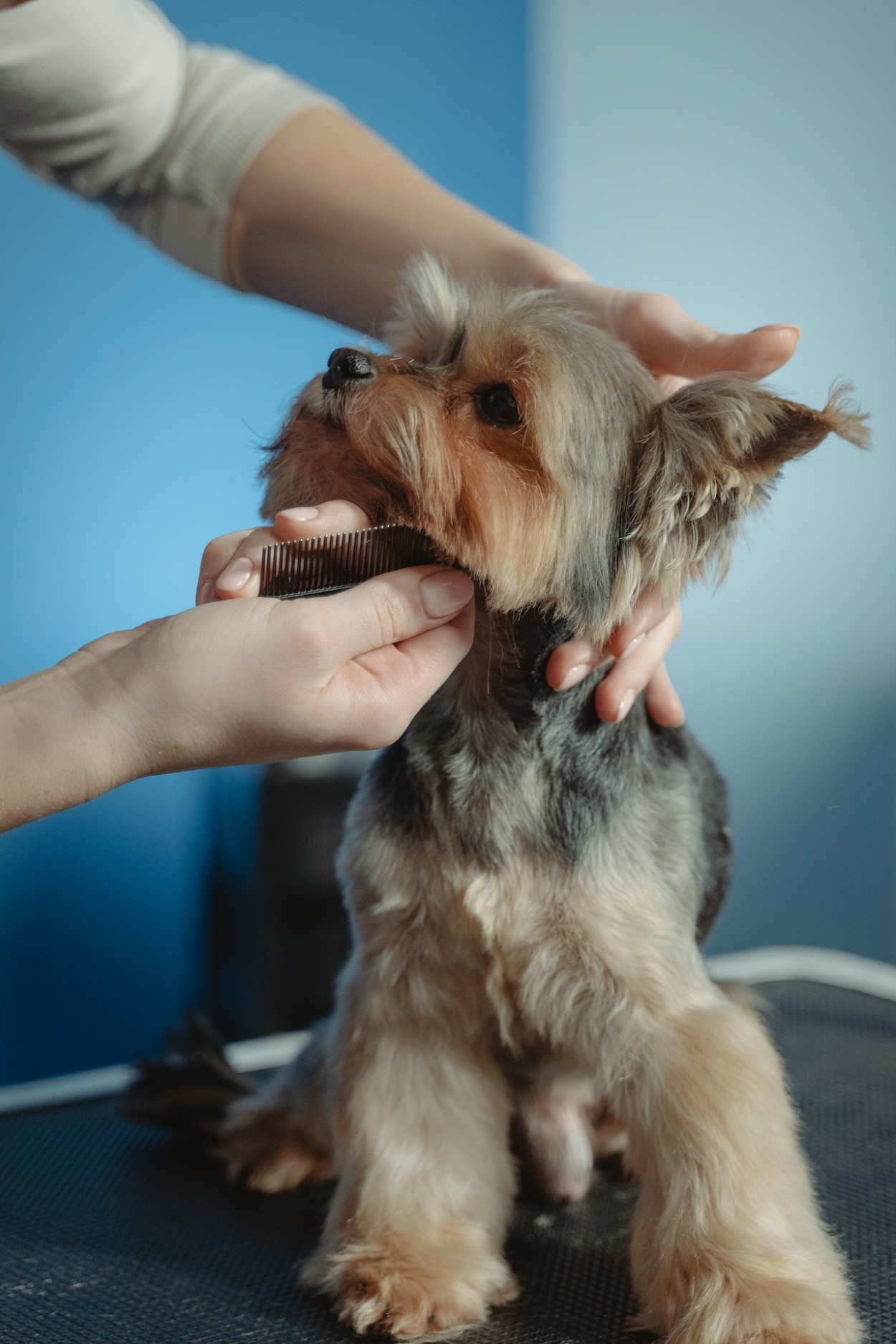
Grooming Tips for Puppies and Senior Dogs
Puppies and senior dogs have specific grooming needs that differ from adult dogs. Understanding these needs will ensure a comfortable grooming experience for your furry friends.
Puppies require gentle handling and short grooming sessions to introduce them to the grooming process positively. Gradually increase the grooming time as they get used to the routine. Use puppy-specific grooming products to avoid any skin irritations.
Senior dogs may have more sensitive skin and may be less mobile, making grooming a bit more challenging. Be patient and take breaks during grooming sessions. Use softer brushes and avoid pulling on their fur.
DIY vs. Professional Grooming - Pros and Cons
Deciding between grooming your dog at home or taking them to a professional groomer depends on various factors. We will discuss the advantages and disadvantages of both options to help you make an informed choice.
Maintaining Your Dog's Grooming Routine
Consistency is key to successful grooming. We will provide tips on how to maintain a regular grooming routine and ensure your dog always looks and feels their best.
Conclusion
Regular grooming is an essential aspect of responsible dog ownership. By following the advice and tips provided in this guide, you can groom your dog effectively and enjoy a strong bond with your well-groomed and happy canine companion.
FAQs
Q1: How often should I groom my dog?
A: The frequency of grooming depends on your dog's breed and coat type. Some breeds require daily grooming, while others may only need it once a week.
Q2: Can I use human shampoo on my dog?
A: No, human shampoos are not suitable for dogs as they can be too harsh and strip the natural oils from their coat.
Q3: How do I prevent my dog from getting matted fur?
A: Regular brushing and grooming are essential to prevent matting. Use the appropriate brushes and combs for your dog's coat type and establish a consistent grooming routine.
Q4: Should I trim my dog's nails myself or go to a professional?
A: Trimming your dog's nails can be done at home if you are comfortable and confident. However, if you are unsure or nervous about it, seeking the help of a professional groomer or veterinarian is recommended.
Q5: Can I use human hair clippers to groom my dog?
A: It is best to use clippers specifically designed for dogs, as they are made to handle the thickness and texture of a dog's coat. Human clippers may not be as effective and could potentially harm your dog.






